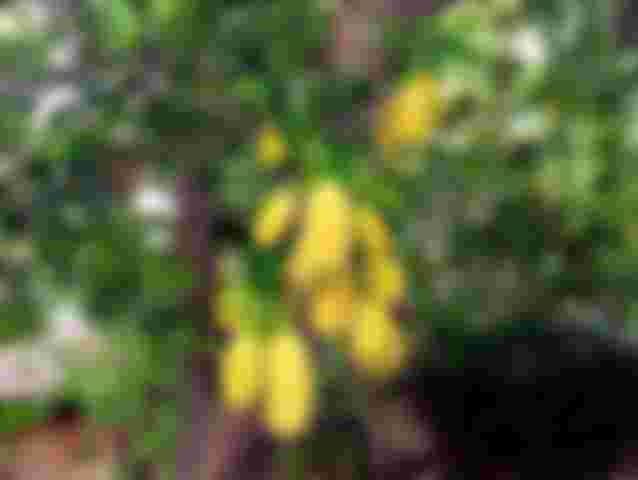We rely on trees for shade, and in making larger shades that could be our home… as well as for the animals around us. Amazingly though, they could also be utilized with their healing properties. Check these ones out.
Jack Tree

Notable for the imposing size of its fruit, it grows well in the tropics and is well-loved by the local inhabitants therein. The tree grows to a height of 10 meters or more with many heavy branches and foliage which provide a beautiful shady picnic or resting spot.
The edible pulps inside the thorny hide of the fruit is fleshy and can provide a very accurate definition of being full. When unripe, the fruit can also be eaten as a vegetable recipe.
Medicinal Benefits:
- curing fever, diarrhea, and asthma
- regulating ulcers, wounds, glandular swellings and insect bites
- as a laxative, giving tone and vitality to the body, and for treating abdominal pains
Usable Parts: The whole tree
Application:
The root decoction can be used for treating most stomach problems. By using the same potion that can be derived out of the process, it can also be used for treating fever. It can produce milky latex on its leaves and bark that can be applied externally for wounds and insect bites.

If you experiment with the consumption of its ripe pulp, your bowel problems can be regulated. Eating its seeds in either boiled or roasted form gives tone and vitality to the body due to its protein content.
Other Names:
Assamese, Bengali – Kanthal
Burmese – Peinne
French – Jacquier
German – Jacabaum
Gujarati – Vanas
Hindi – Kathal
Kannada – Halasu
Konkani – Ponnoss
Malalayam – Chakka
Marathi – Phanus
Oriya – Ponoso
Punjabi – Kathal
Sanskrit – Panasa
Santahli – Kanthar
Sinhalese – Cos
Tamil – Pilapalam
Telugu – Panasa
Urdu – Katahal
Rubber Tree

Reaching up to 8 meters high, it is a spreading tree that sends down numerous roots from the trunk. The leaves are smooth – a striking contrast to the sticky insides of its trunk which is the main source of the rubber sap that it provides to the industry. The stipules are usually red and are as lengthy as the leaves themselves. Growing in tropical but cold areas, this tree more of a friend to industrial companies, but can be equally friendly as well to herbal-loving people.
Medicinal Benefits:
- treats wounds, cuts, and sores
- treats parasitic worms
Usable Parts: rootlets, bark, and sap
Application:
The crushed bark and rootlets can be used for healing wounds, cuts, and sores. It has latex-like sap that upon decoction, can be used to expel parasitic worms.

Other Names:
Assamese – Attahbar
Bengali – Bor
Burmese – Rubber Bin
French – Caoutchoue
German – Gummibaum
Gujurati – Vad
Hindi – Dagurin
Kannada, Malalayam – Ala
Marathi – Vada
Sanskrit – Vata
Sinhalese – Rubber Gasa
Tamil – Al
Telugu – Marri
Siris Tree

With an imposing growth reach that can be up to 20 meters high, the Siris Tree is as imposing as is beneficial to stomach problems. Its branches spread widely and the leaves are bipinnate and hairy underneath. The flowers sprout from peduncies which are auxillary, solitary, and yellowish in color which closely resembles that of a powder puff.
Medicinal Benefits Against:
- Dysentery
- Diarrhea
Usable Parts: bark, leaves
Application:
The decoction of the bark and leaves can be infused in treating common stomach problems particularly dysentery and diarrhea.

Other Names:
Bengali – Sirish
Burmese – Kokko
French – Acacia Lebbek
German – Pilosarshio
Hindi – Sins
Kannada – Bagemara
Malalayam – Vaga
Marathi – Sirisha
Oriya – Bodosirisi
Persian – Darakhtejakheria
Sanskrit – Bhandi
Santhali – Chapotsiris
Sindhi – Mahari
Sinhalese – Mara
Tamil – Kalindi Vagei
Telugu – Dirasana
Urdu – Darash
These trees are just out there, waiting for us to top into... their healing power!






I haven't met Jack Tree yet! I'm really thrilled! Nature can cure us of many diseases!